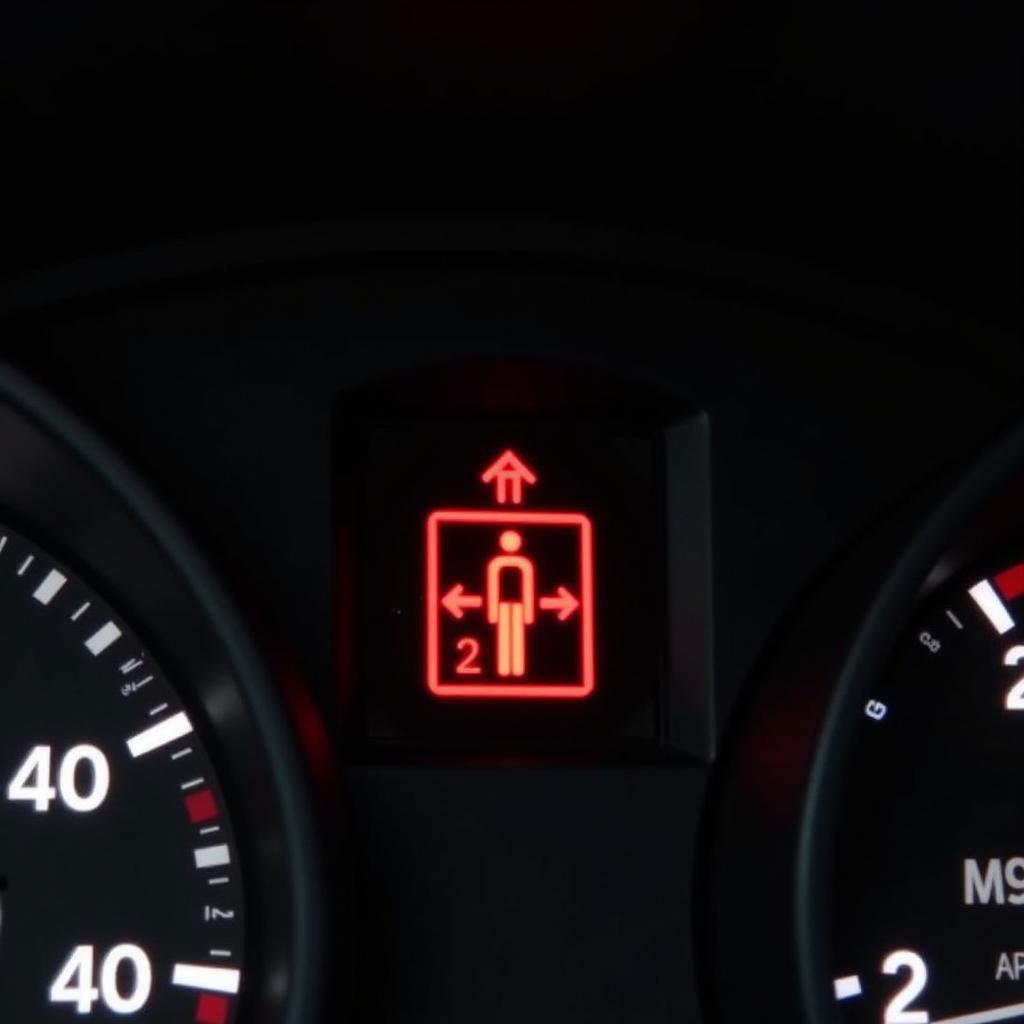Experiencing a car anti-theft system malfunction can be frustrating, leaving you stranded with a vehicle that won’t start. You’re not alone. Many car owners face this issue, often unsure of the root cause or how to address it. This comprehensive guide will walk you through common anti-theft system problems, how to identify them, the tools you might need, and potential solutions, empowering you to take control of the situation.
Understanding Anti-Theft Systems: Why They Lock You Out
Modern vehicles prioritize security, employing sophisticated anti-theft systems that deter unauthorized access and theft. While these systems are crucial for protecting your investment, they can sometimes trigger false alarms, leading to frustrating lockouts. Here’s what you need to know:
Common Causes of Anti-Theft System Issues:
- Weak or Dead Car Battery: A low battery can disrupt the communication between your key fob and the vehicle’s immobilizer system, triggering the anti-theft system.
- Faulty Key Fob Battery: If your key fob’s battery is weak or dead, it might not transmit the necessary signal to disarm the immobilizer.
- Damaged Key Fob: Physical damage to your key fob, such as a cracked casing or damaged buttons, can impair its functionality and trigger the anti-theft system.
- Malfunctioning Ignition Cylinder: A worn-out or damaged ignition cylinder can disrupt the signal transmission between the key and the immobilizer, leading to a false alarm.
Recognizing the Signs: Is Your Anti-Theft System to Blame?
Look out for these telltale signs that could indicate an issue with your car’s anti-theft system:
- Rapidly Flashing Security Light: One of the most common indicators is a security or anti-theft light on your dashboard that blinks rapidly, even when the car is off.
- Engine Cranks but Won’t Start: If your engine cranks but refuses to start, it could be a sign that the immobilizer is preventing fuel delivery or ignition.
- Clicking Sounds When Starting: Unusual clicking sounds coming from the engine bay while trying to start the vehicle might indicate a problem with the starter motor or ignition system, potentially linked to the anti-theft system.
Troubleshooting Your Anti-Theft System
While consulting a professional mechanic or automotive locksmith is always recommended for complex issues, there are a few troubleshooting steps you can try yourself:
Essential Tools You Might Need:
- Voltage Meter: To check your car battery’s voltage and ensure it’s delivering sufficient power.
- New Key Fob Battery: Having a spare battery on hand is always a good idea if you suspect a weak key fob battery.
- Owner’s Manual: Refer to your vehicle’s owner’s manual for specific instructions and recommendations regarding your anti-theft system.
Steps to Consider:
- Check Your Car Battery: Begin by inspecting your car battery terminals for any corrosion or loose connections. Use a voltage meter to check the battery’s charge level. If it’s low, jump-start your vehicle or connect it to a battery charger.
- Replace the Key Fob Battery: If you suspect a weak key fob battery, replace it with a fresh one. Ensure you’re using the correct battery type as specified in your owner’s manual.
- Try a Spare Key: If you have a spare car key, try using it to start the vehicle. This can help determine if the issue lies with your primary key fob.
- Inspect the Key Fob and Ignition Cylinder: Examine your key fob for any visible damage like cracks or broken buttons. Check your ignition cylinder for any signs of wear or debris that might be hindering proper contact with the key.
FAQs: Addressing Your Anti-Theft System Concerns
Can I permanently disable my car’s anti-theft system?
Permanently disabling your anti-theft system is not recommended. It leaves your vehicle vulnerable to theft and may even impact your insurance coverage.
What should I do if none of these steps work?
If the troubleshooting steps above don’t resolve the issue, it’s best to contact a qualified automotive locksmith or a trusted mechanic specializing in automotive electronics. They have the expertise and tools to diagnose and repair more complex anti-theft system problems. For specialized diagnostic and programming services, consider exploring the offerings at Cardiagtech.
Are there different types of anti-theft systems?
Yes, there are various types of anti-theft systems, each with its own mechanisms and levels of complexity. Common types include immobilizers, alarm systems, GPS tracking systems, and remote kill switches.
My car key has a chip in it. How does that work with the anti-theft system?
Modern car keys often contain a transponder chip that communicates with the vehicle’s immobilizer system. When you insert the key into the ignition, the chip transmits a unique code to the immobilizer. If the code is recognized, the immobilizer disarms, allowing the engine to start.
For more in-depth information on specific anti-theft systems, such as the GM anti-theft system or guidance on how to disable the factory anti-theft system, explore the resources available on CARDIAGTECH. If you’re interested in exploring ways to permanently disable an anti-theft system, CARDIAGTECH has articles that delve into these aspects, but always prioritize the security of your vehicle and consult with professionals before making any decisions. Learn more about permanently disabling anti-theft systems.
Remember that tampering with your vehicle’s electrical system can have unintended consequences. Always prioritize safety and seek professional assistance when in doubt.

